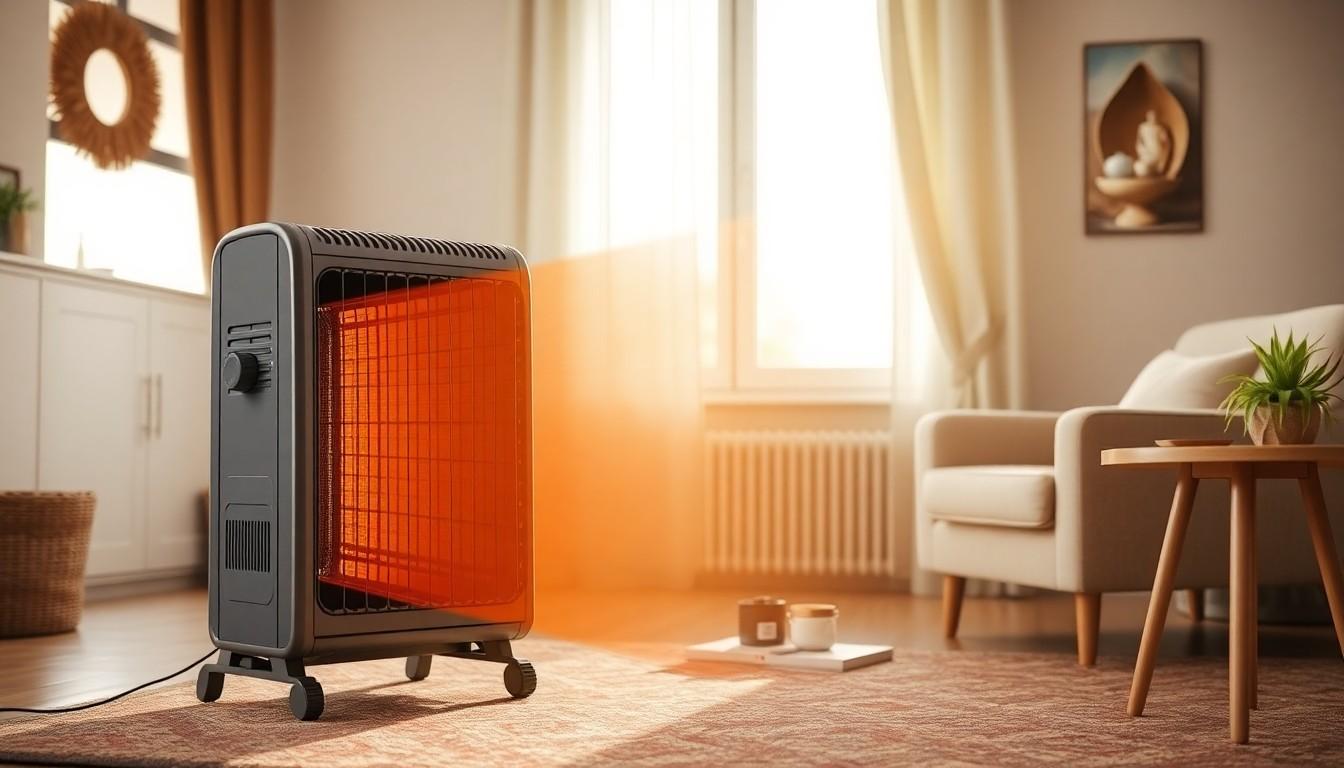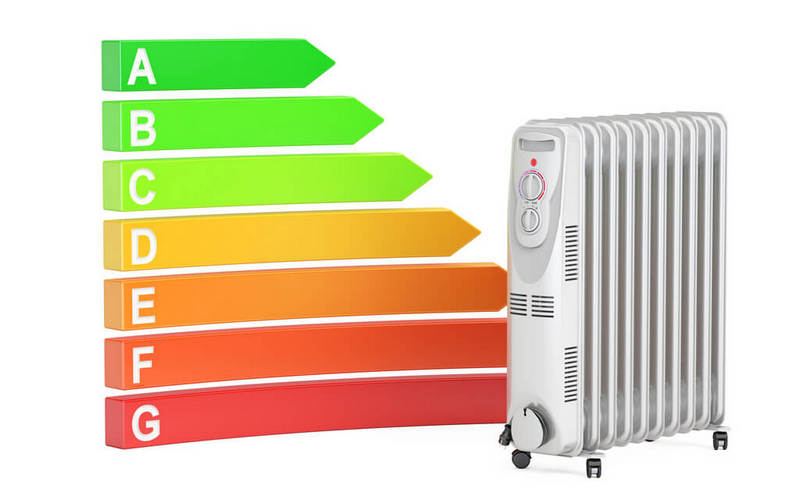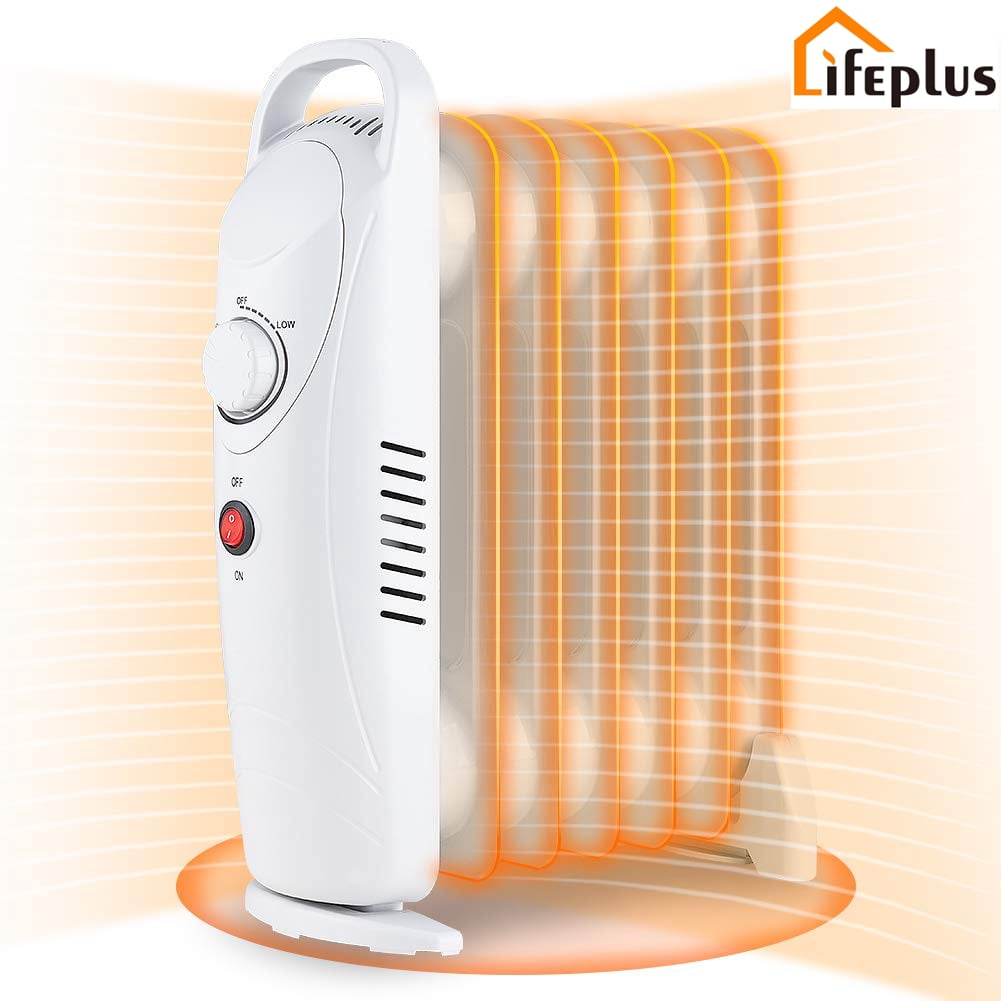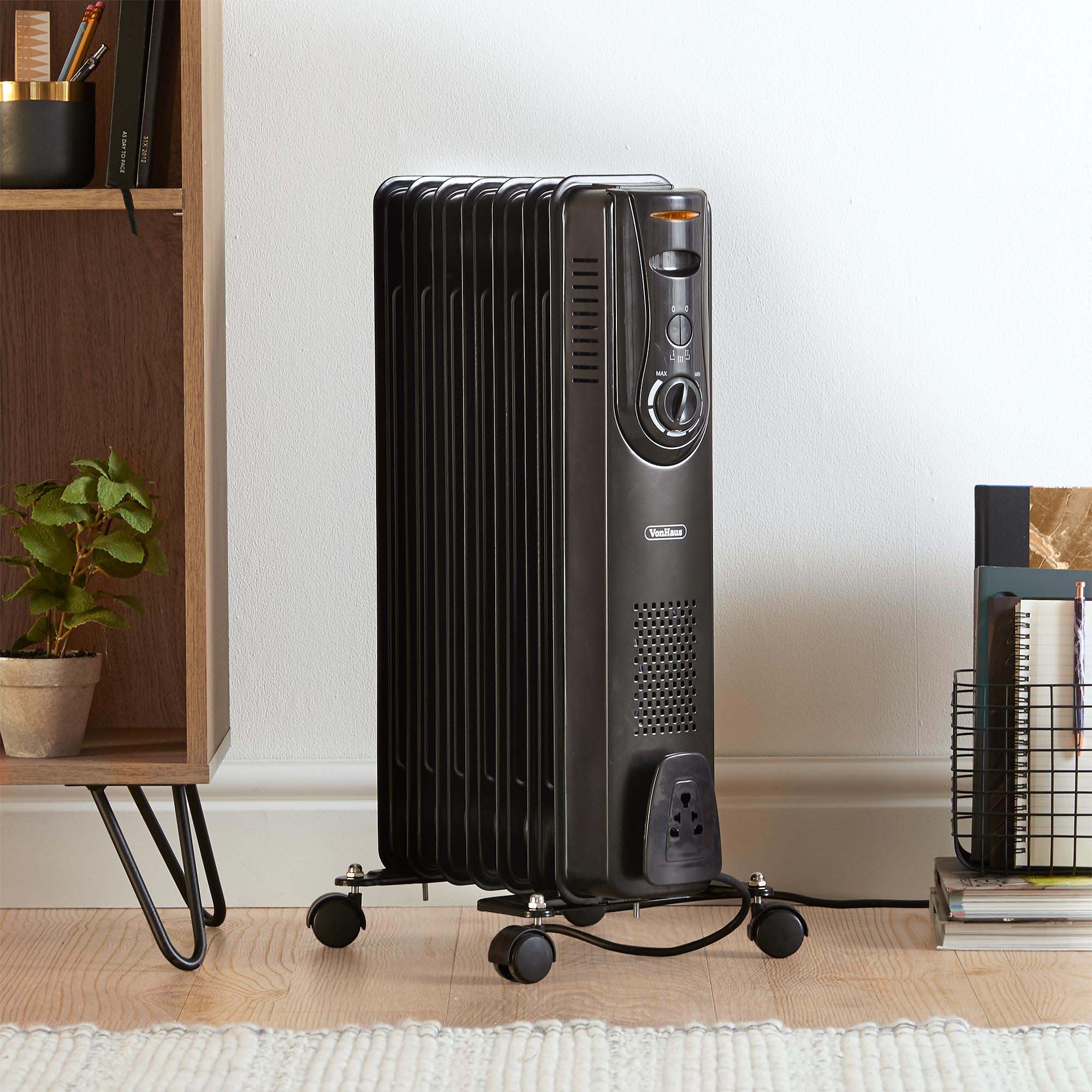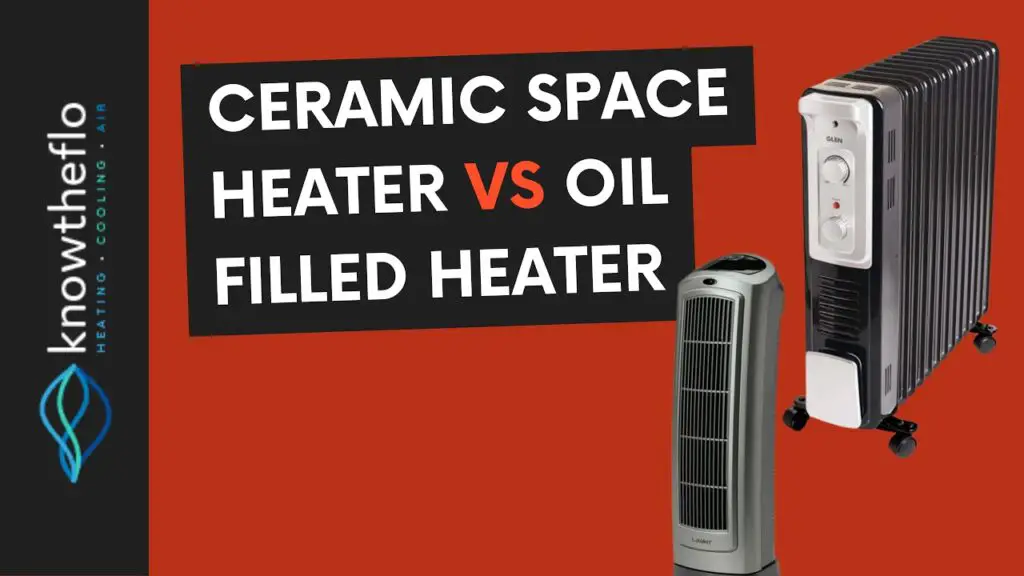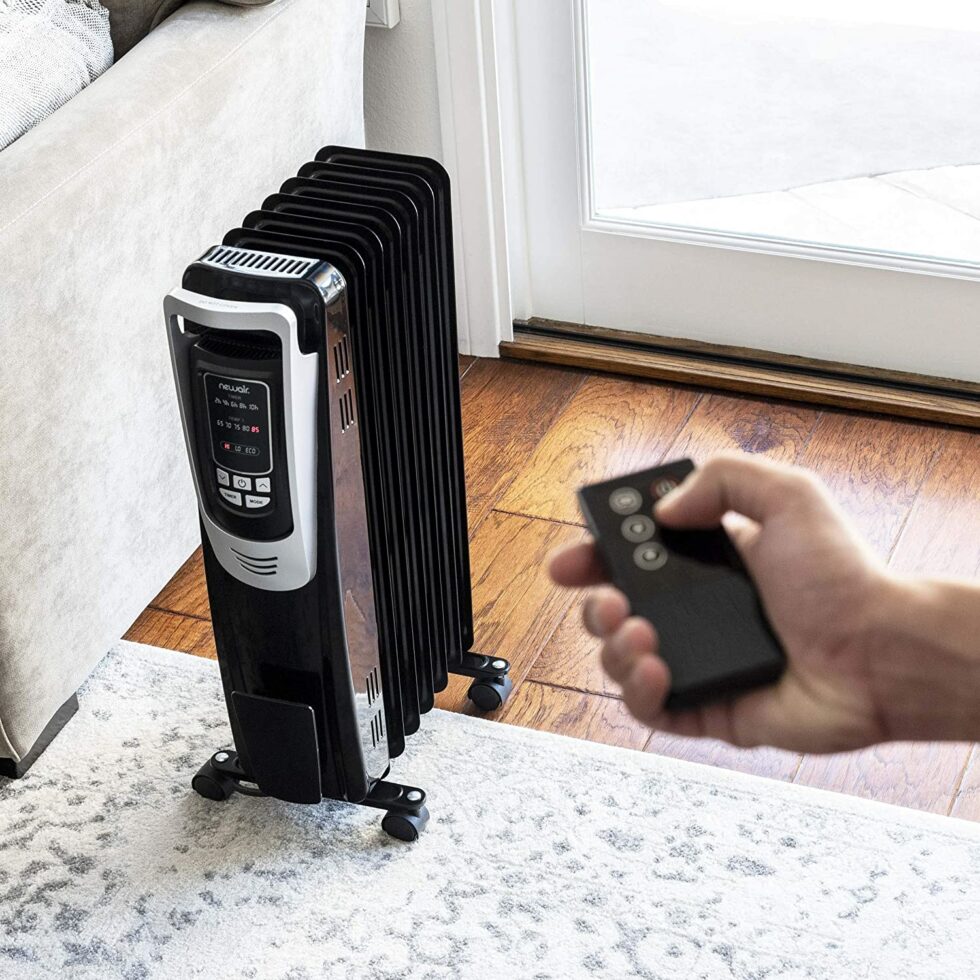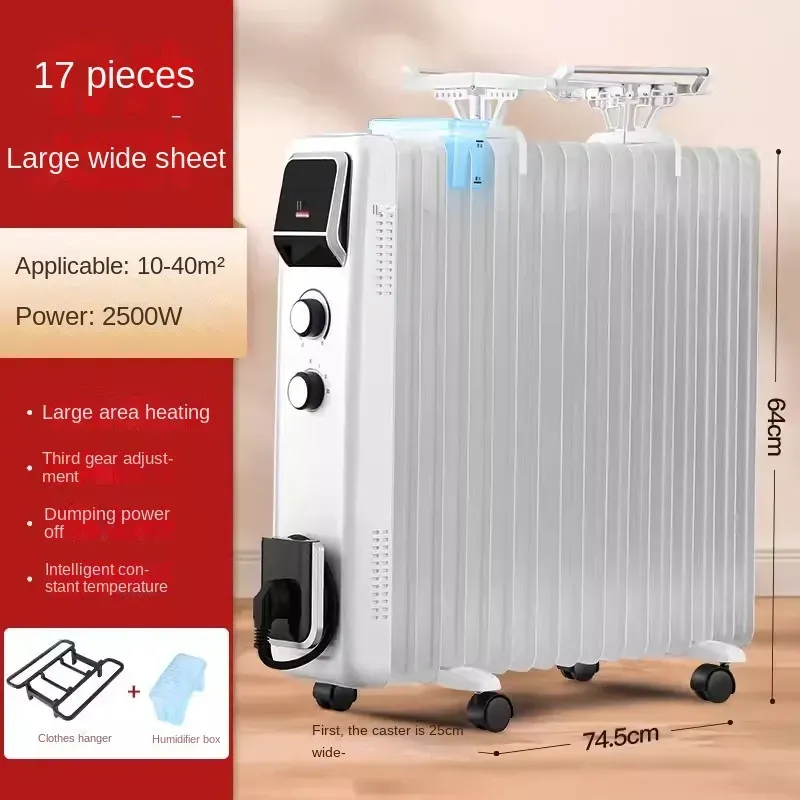How Efficient Are Oil Filled Heaters

As winter temperatures plummet and energy costs continue to climb, consumers are increasingly seeking efficient and affordable heating solutions. Among the various options, oil-filled heaters remain a popular choice. But how efficient are they really?
This article delves into the energy efficiency of oil-filled heaters, examining their operational principles, comparing them to alternative heating methods, and offering insights into their overall cost-effectiveness. Understanding the nuances of their performance is crucial for consumers looking to make informed decisions about home heating.
Understanding Oil-Filled Heater Operation
Oil-filled heaters, also known as oil-filled radiators, operate by electrically heating oil contained within a sealed unit. The heated oil then radiates warmth into the surrounding environment. Unlike space heaters with exposed heating elements and fans, oil-filled heaters rely on radiant and convective heat transfer.
This method provides a gentler and more consistent warmth. Importantly, the oil itself is not burned, it's just a heat-transfer medium.
Efficiency: A Closer Look
The efficiency of an oil-filled heater is often measured by its conversion rate of electricity into heat, which is typically near 100%. In other words, almost all the electrical energy consumed is converted into heat.
However, this doesn't automatically translate to overall energy savings. The key is understanding *how* that heat is delivered and maintained within a space.
Compared to Fan-Forced Heaters: Fan-forced heaters quickly heat a small area but often cycle on and off frequently, leading to temperature fluctuations and potentially higher energy consumption. Oil-filled heaters heat up more slowly, but the heated oil retains heat for a longer period, providing a more stable temperature.
Cost-Effectiveness and Usage Scenarios
The cost-effectiveness of an oil-filled heater depends heavily on the size of the room and how consistently it's used. They are generally better suited for heating smaller to medium-sized rooms.
For larger spaces, central heating systems or other more powerful heating options might be more efficient overall. It's worth noting that Energy Star does not currently rate oil-filled heaters, making direct comparisons based on energy efficiency labels difficult.
Runtime Considerations: A significant factor affecting cost is how long the heater is kept running. While the radiant heat helps maintain warmth, continuous operation can still lead to high electricity bills.
Safety and Maintenance
Oil-filled heaters are generally considered safer than some other types of space heaters because they don't have exposed heating elements that can cause burns. However, like any electrical appliance, they should be used with caution and according to manufacturer instructions.
Regular maintenance is minimal, usually involving only occasional cleaning to remove dust. There's no need to refill or replace the oil, as it's permanently sealed within the unit.
Impact on Consumers
For consumers looking to supplement their existing heating systems or heat individual rooms, oil-filled heaters can be a viable option. They offer a relatively safe and consistent source of warmth.
The potential impact lies in responsible usage. Using a timer, turning it off when leaving the room, and employing it in well-insulated spaces will maximize efficiency and minimize energy consumption. Always consult your local utility company or a qualified electrician for personalized advice based on your energy usage.
Expert Opinions and Data
According to the U.S. Department of Energy, supplemental heating can be an effective strategy when used judiciously. However, they stress the importance of understanding the energy consumption of each device and considering factors like insulation and room size.
"The key to energy efficiency is not just the appliance itself, but how it's integrated into the overall heating strategy of the home," said Dr. Emily Carter, an energy efficiency expert at the National Renewable Energy Laboratory.
Ultimately, the efficiency of oil-filled heaters depends on a combination of factors, including their inherent design, the size and insulation of the room being heated, and the user's behavior. While they may not be the most energy-efficient option for every situation, they can provide a reliable and cost-effective solution for supplemental heating when used wisely.
